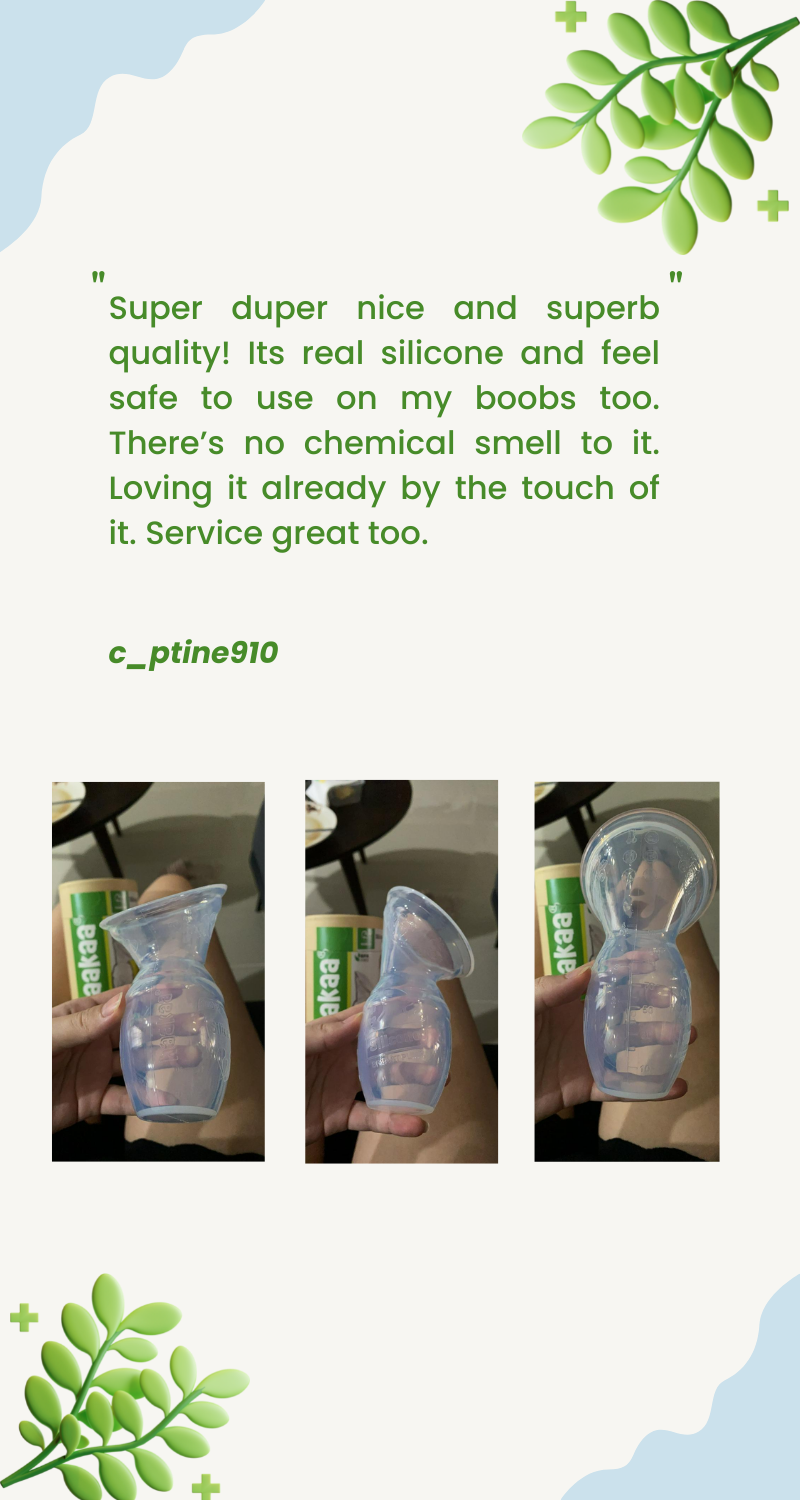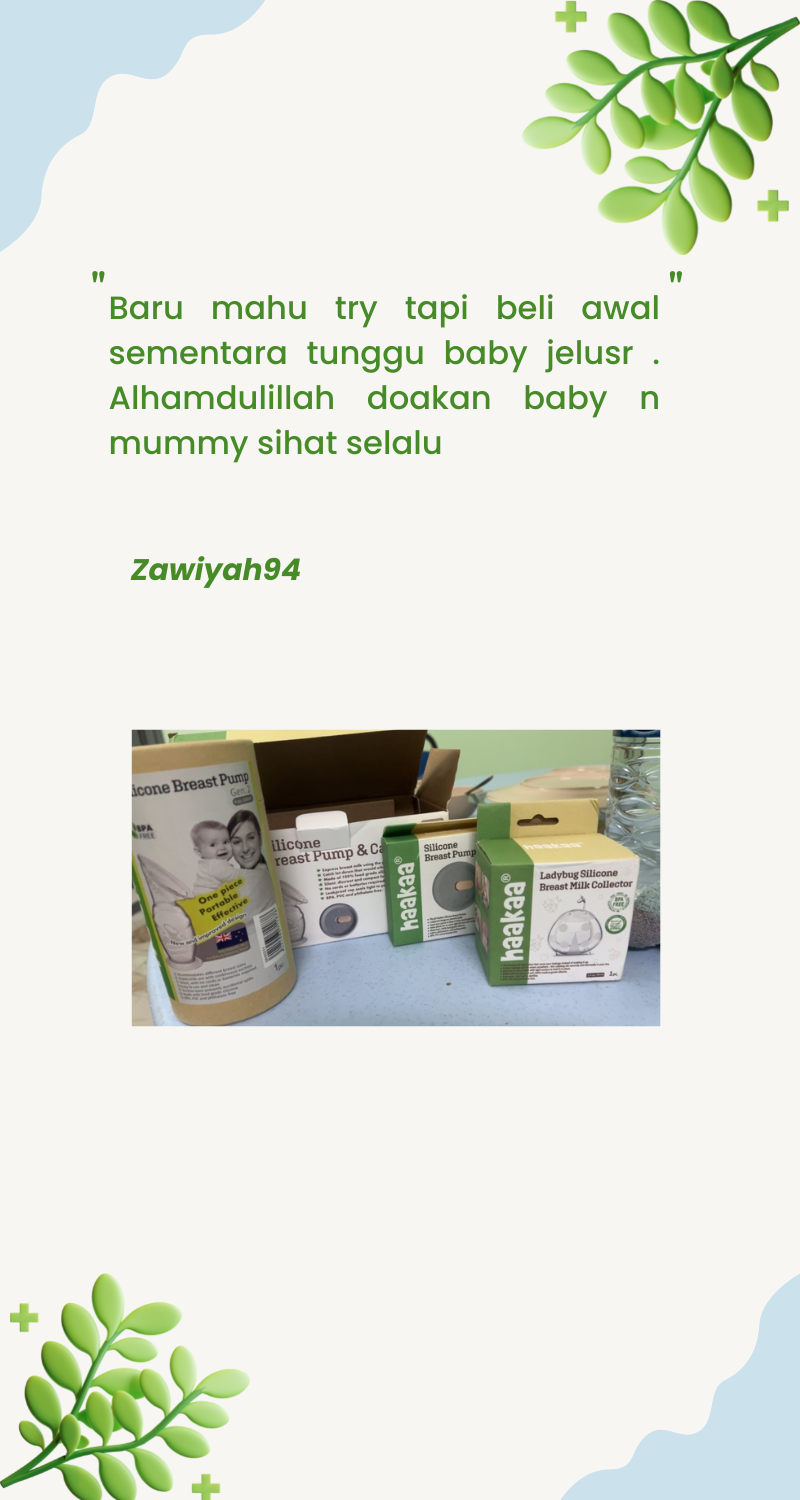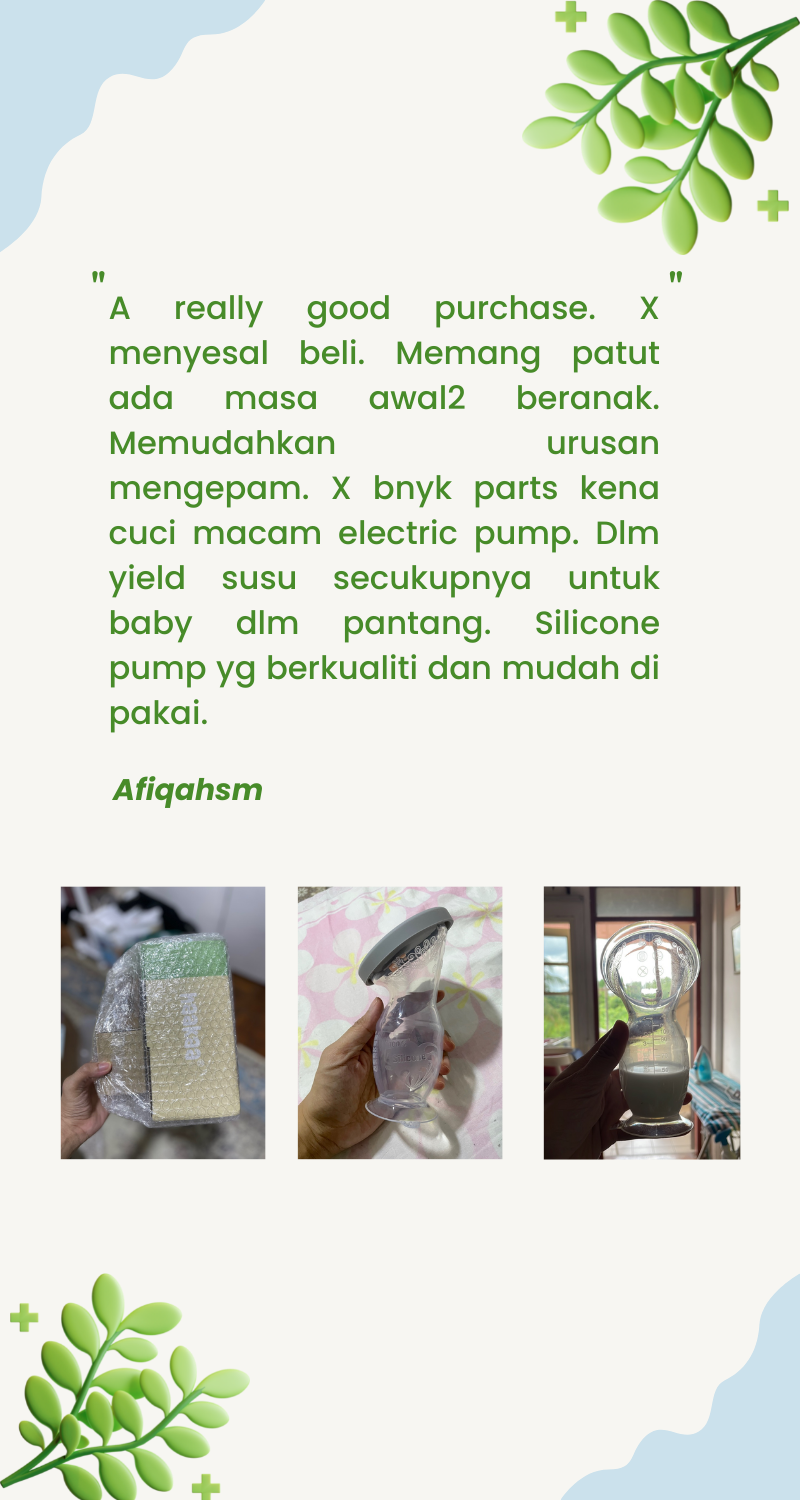Debunking Baby Myths

Things can often get incredibly overwhelming as a new mum, which is why we try to take on board every bit of advice and piece of knowledge we get from others. However, just exactly how much of what we hear about babies and motherhood is actually true? What's fact vs. fiction?
Today at Haakaa, we're here to help you break down some of those common baby myths!
Myth #1 – You will instantly fall in love with your baby.
Truth – You might feel like there's something "wrong" with you if there's nothing inspiring affection when you first see or hold your baby, especially considering how excited you've been throughout pregnancy to meet your little one. The truth is it's more common than you think for mothers not to feel this instant, gushing love for their newborns. While some mothers might fall in love with their new bubs at first sight, it is also perfectly normal if you don't feel the same way. Bonding with your bub is a process that happens over time, just like it is with any other person you meet. The closeness will come eventually, so don't worry mama!

Myth #2 – Your newborn can't see.
Truth – Newborns might not have the clearest vision, but your baby can definitely see. You may notice that your new baby's eyes move in a strange, jerky fashion, as they slowly adjust to having control of their eye muscles. Did you know the for the first few weeks of your baby's life, they see everything in black and white? From as early as two weeks, they will start to see in colour and can be able to differentiate red from green.

Myth #3 – Baby walkers can help your baby to walk sooner.
Truth – The reality is that walkers can pose quite a danger to your baby. By preventing your baby from crawling and forcing them in an upright position, walkers hinder your baby's development and prevent them from learning how to balance by themselves. Your little one will lose the opportunity to learn essential motor and perceptual skills, and it may even interfere with their muscle development. This is because their body weight is being put on their legs and hips when they aren't necessarily ready for it.
Furthermore, walkers make it more likely for your little one to have accidents like falling down the stairs, as babies can't see their feet, or they may help your baby grab dangerous things that are typically out of their reach. For the best interests of your child, you should avoid using walkers.

Myth #4 – There are good and bad baby bottles/nipples.
Truth – As every baby is unique and has their differences, it may take some trial and error to find the right baby bottle for your little one. There isn't always necessarily a list of "good" or "bad" bottles – there are just bottles that might work for some babies and bottles that won't work for others. Some babies will accept teats more quickly, while other fussier bubs might want something that exactly replicates mum's breast (like our Gen. 3 Glass Baby Bottle). Babies will also have different styles of sucking, which can cause leaks or varying flows from other bottles and nipples. At the end of the day, there's no better way to find out what fits your baby's individual needs than simply trying different bottles out!

Myth #5 – Your baby needs a bath every day.
Truth – You don't really need to bathe your baby every day. That's because babies don't get sweaty or dirty the same way as older people. In fact, because of how sensitive and delicate your little one's skin is, bathing them too much might end up drying out their skin! To avoid this, you should aim to bathe your child around two or three times a week. In between baths, you can just wash their face, neck, hands and nappy area to keep those parts clean.

Myth #6 – Picking up a crying baby will spoil them.
Truth – There is no way that you can spoil a young baby. Crying is one way your baby communicates with you, and by doing so, your little one is letting you know that they need something. As a result of this, it's vital for you as their parent to respond to them. Over time, observing and learning from the cues your baby gives will eventually help you a lot in figuring out what exactly your baby is trying to communicate!

Myth #7 – Teething causes fever.
Truth – You might be told that teething can cause fever in your bub, but the truth is this isn't actually the case. The main reason why your teething bub might get a fever around the same time those little gnashers start coming in is that teething tends to start between 6-24 months. This period is also the time that babies are more likely to get infections. If your child gets a fever, you should see your doctor as you might otherwise overlook an illness that might require medical attention.

Myth #8 – The length of your baby indicates how tall they will be as an adult.
Truth – Guessing how tall your child will grow later on is unfortunately not as simple as looking at their height and size at birth. It's simply not possible to predict how your child will grow and develop throughout their lifetime as there are so many factors that come into play when determining their sizing at birth. You might be able to estimate how tall they will be by accounting for the average height of the baby's parents, but even that might not always be entirely accurate!

Myth #9 – Your baby will inherit the same allergies as you.
Truth – While genetics might play a part in determining what your baby is allergic to, they will not be the main reason for them. You can use your genetics to help determine what to look out for, and which certain foods/substances to be wary of, but it doesn't necessarily mean that your little one will react to those things the same way your body does. In fact, it may even be possible for your child to have allergies that are the complete opposite to yours! The best way to find out for sure is to go to the doctors to get an allergy test for your child.

Myth #10 – The heartbeat of you and your baby synchronise together.
Truth – Now this "myth" is actually true! According to scientific studies, a mother and her baby's heartbeats can synchronise together simply by looking into each other's eyes. This might be because the mirror neurons inside our brains, which allow us to empathise and replicate each other's expressions, send a signal to other parts of the brain that tell the heart when to thump. It just goes to show how truly special and deep the bond between mother and child is, and we think that's beautiful. ????








